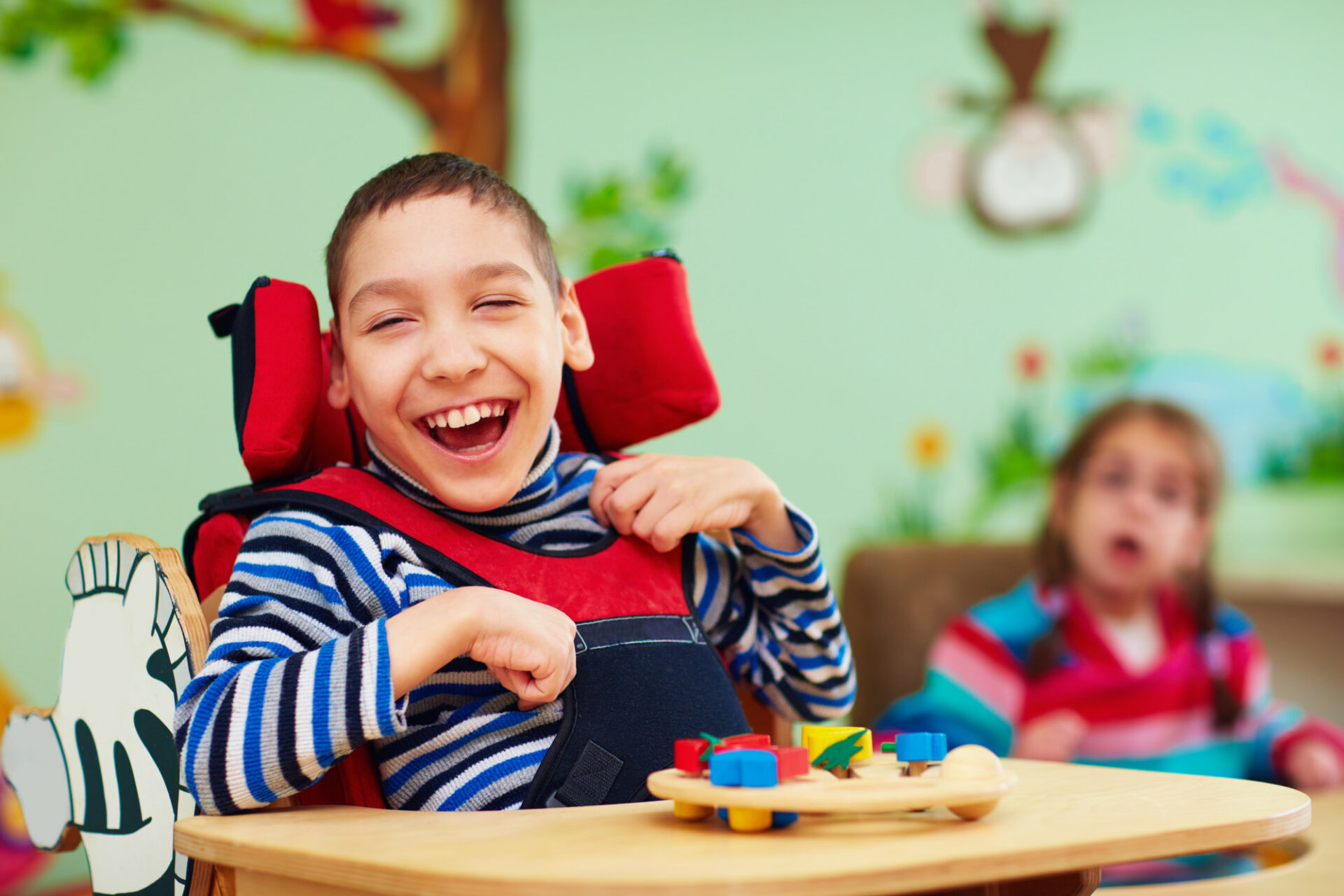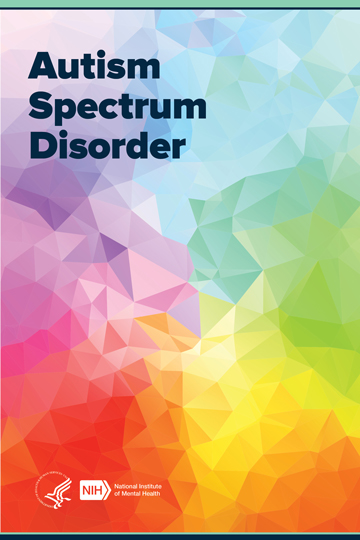Resolving Common Misconceptions: What You Should Know About Autism Today
Resolving Common Misconceptions: What You Should Know About Autism Today
Blog Article
Understanding Autism: A Comprehensive Overview to Symptoms And Signs
Autism Spectrum Disorder (ASD) includes a large variety of features that can significantly impact an individual's social interactions and daily functioning. Comprehending these nuances not only aids caregivers and teachers in supplying proper assistance however likewise promotes a much more comprehensive atmosphere for individuals with ASD.
Introduction of Autism Spectrum Condition
Defining Autism Spectrum Disorder (ASD) involves identifying it as an intricate neurodevelopmental problem identified by an array of difficulties in social communication, communication, and behavioral patterns. The term "spectrum" mirrors the vast irregularity in signs and their seriousness, which can differ significantly from one individual to an additional. ASD commonly shows up in early childhood, although some individuals might not get a diagnosis until later on in life.
Aspects influencing the development of ASD consist of hereditary predispositions and environmental variables, although the exact causes stay under investigation. Medical diagnosis usually counts on behavioral analyses, as there are no conclusive medical examinations for ASD. Early intervention is crucial and can dramatically enhance outcomes, concentrating on enhancing interaction skills, social communications, and flexible behaviors.
People with ASD may likewise exhibit one-of-a-kind staminas, such as remarkable focus to detail or particular areas of expertise. Recognizing the multifaceted nature of ASD is crucial for fostering a comprehensive environment that fits neurodiversity. Continued research study is essential for establishing reliable interventions and support group, making it possible for individuals with ASD to prosper and fulfill their prospective within culture.
Common Indications of Autism
Identifying the common indications of Autism Range Disorder (ASD) is crucial for very early identification and intervention. These indications can differ widely in seriousness and discussion, yet certain attributes are regularly observed in people with ASD.
One of the most common indicators is a significant difficulty in keeping and developing eye contact. Individuals may likewise display minimal passion in social communications and show a preference for solitary play. Repeated habits, such as hand-flapping, shaking, or rotating items, usually arise early in childhood. Additionally, some children may develop strict routines and end up being distressed if these routines are interrupted.
Sensory sensitivities are also common; people might panic or underreact to sensory stimuli, such as textures, audios, or lights. autism. Language advancement can be atypical, with some youngsters showing delayed speech or using language in uncommon means, including echolalia-- duplicating expressions or sentences listened to in other places
It is necessary to note that not every individual with ASD will certainly show all these signs, and the level of these habits can vary dramatically. Early recognition enables prompt support and sources, improving the lifestyle for those on the range.
Social Communication Obstacles
Social interaction challenges are a characteristic of Autism Spectrum Disorder (ASD), affecting an individual's capacity to engage properly with others. These problems can manifest in various ways, including obstacles in starting and preserving discussions, recognizing social signs, and reacting suitably in social interactions.
Individuals with ASD might fight with nonverbal interaction, such as eye call, facial expressions, and body movement. This can cause misunderstandings, as their you can look here communicative intent might not be correctly interpreted by others. They might find it challenging to realize the nuances of tone and context, which are vital for reliable communication.
In group setups, people with ASD may really feel overwhelmed and might not know how to sign up with in discussions (autism). They could also display irregular conversational patterns, such as monologuing concerning specific rate of interests without identifying social reciprocity
Moreover, these challenges can lead to social seclusion or troubles in creating relationships, as peers may misinterpret their habits or communication design. Recognizing these social interaction obstacles is crucial for fostering helpful atmospheres that promote social skills advancement and improve the high quality of communications for people on the autism range.
Sensory Level Of Sensitivities and Feedbacks
Several people with Autism Range Problem (ASD) experience enhanced sensory level of sensitivities that can dramatically influence their day-to-day lives. These level of sensitivities might materialize as over-responsiveness or under-responsiveness to sensory stimuli, including sounds, lights, textures, preferences, and scents. For example, an individual with ASD may find everyday sounds, such as a hoover or crowded atmospheres, overwhelmingly upsetting, resulting in anxiety or disasters. Conversely, some might display an indifference to pain or severe temperature levels, which can position safety concerns.
Sensory processing distinctions in individuals with ASD can additionally impact their capacity to participate in social interactions and regular activities. As an example, a youngster who is delicate to touch may withstand physical affection or prevent certain garments fabrics. Additionally, a choice for specific textures or tastes can restrict dietary choices and create obstacles during mealtimes.
Recognizing these sensory level of sensitivities is important for recognizing the special experiences of individuals why not check here with ASD. Understanding of their sensory profiles can promote much better communication and assistance techniques, creating an atmosphere that suits their demands and boosts their lifestyle. Ultimately, recognizing sensory level of sensitivities is a crucial component of comprehending the more comprehensive range of autism.

Supporting Individuals With Autism
Reliable assistance for people with Autism Range Condition (ASD) is vital for improving their general wellness and fostering freedom. Support approaches must be tailored to meet the special requirements of each person, considering their challenges and staminas.

Social skills training can also play an essential function. autism. Engaging people in team activities or role-playing situations can boost their ability to navigate social interactions. Furthermore, it is important to inform relative, caretakers, and peers about ASD to foster a comprehensive and helpful area
Verdict
To conclude, a thorough understanding of Autism Range Problem is vital for identifying its signs and symptoms and signs. Early recognition of usual qualities, such as social communication obstacles and sensory level of sensitivities, allows caretakers and teachers to implement effective treatments. By fostering boosted communication and social skills, people with autism can navigate their environments more efficiently. Eventually, increased recognition and support can significantly boost the top quality of life for those influenced by ASD.
Autism Range Problem (ASD) includes a large range of features that can significantly influence a person's social interactions and day-to-day functioning.People with ASD might have a hard time with nonverbal communication, such as eye get in touch with, facial expressions, and body language.Many people with Autism Range Disorder (ASD) experience heightened sensory sensitivities that can significantly impact their day-to-day lives.Sensory site web processing distinctions in individuals with ASD can also impact their capacity to engage in social communications and routine activities.Recognizing these sensory sensitivities is necessary for recognizing the one-of-a-kind experiences of individuals with ASD.
Report this page